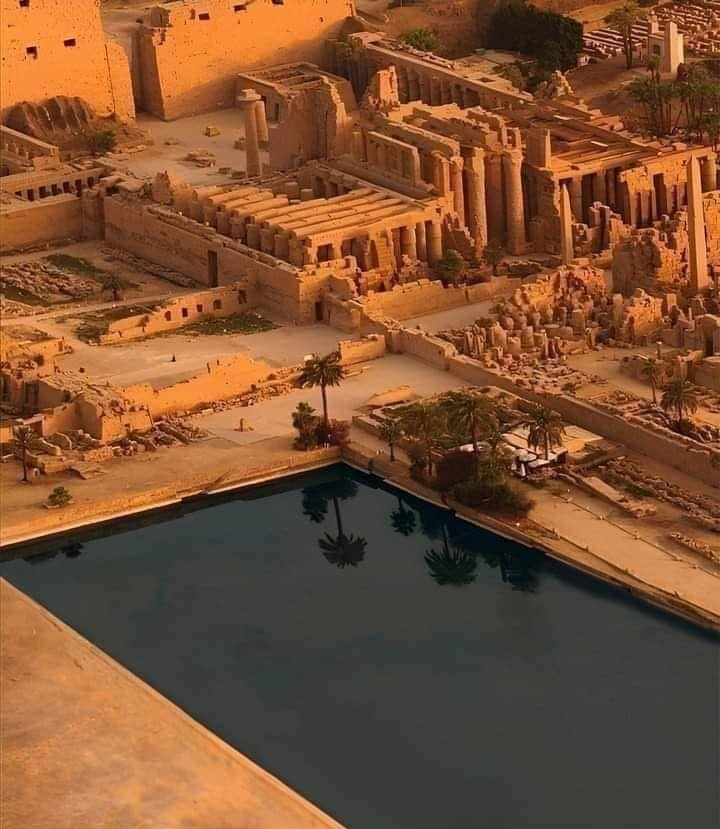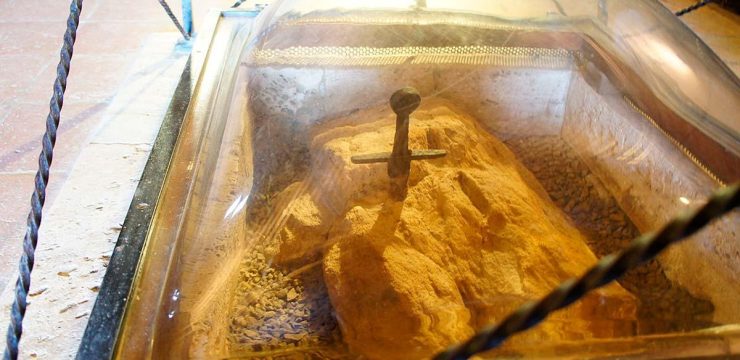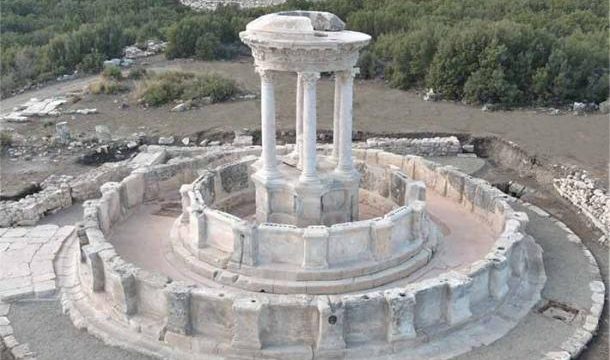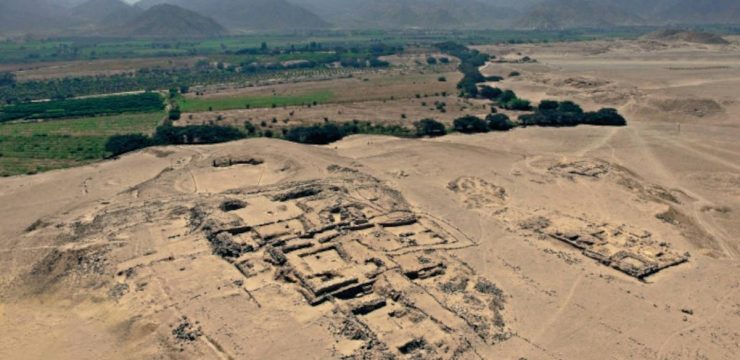Deep within the awe-inspiring Karnak Temple complex in Luxor lies a fascinating and enigmatic body of water—one that has quietly stood the test of time for over three thousand years. This is not just a pond or an ornamental feature. The Sacred Lake of Luxor represents one of the most compelling and mysterious remnants of ancient Egyptian innovation. Its story, largely overlooked by the broader world, offers not only a window into the spiritual beliefs of the time but also an extraordinary example of advanced ancient engineering that continues to puzzle experts even today.

Covering an area of approximately 80 meters in length and 40 meters in width, the Sacred Lake has defied the odds of nature and time. Its waters have remained remarkably clear and largely free of algae through centuries of extreme desert heat and climate change. The stability of its water level, despite being situated in one of the driest regions on Earth, is nothing short of a scientific marvel. While modern-day efforts to maintain artificial lakes often require continuous filtration systems, chemical treatments, and maintenance crews, the Sacred Lake has managed to preserve its integrity through millennia with no apparent technological intervention that we can fully understand.
To the ancient Egyptians, water was never simply a tool for survival. It was the essence of life itself—a purifying, sacred element closely tied to rebirth and spiritual awakening. The Sacred Lake was more than just a source of water; it was a holy feature of the Karnak Temple, dedicated to the god Amun. Priests used this lake to perform ritual cleansings, preparing themselves for their sacred duties. These ritual purifications were believed to connect them more closely to the divine, aligning their spirit with the will of the gods. It is believed that sacred processions and possibly even oracular ceremonies took place at the lake, imbuing it with a significance that went far beyond the physical world.
Despite the lake’s obvious importance in religious and ceremonial life, what remains most astonishing is how the ancient Egyptians managed to build and maintain such a feature with such enduring quality. Scholars and archaeologists have proposed various theories to explain its preservation. Some suggest that the ancient engineers might have identified a natural spring or underground aquifer that fed the lake with a steady, clean source of water. Others speculate that a complex system of underground canals, filters, or even limestone channels may have been used to mimic the life-sustaining properties of the Nile River. While there is no definitive consensus, what is clear is that these ancient builders possessed an extraordinary understanding of hydrology and environmental balance.
Modern researchers have attempted to study the lake’s construction through satellite imaging, ground-penetrating radar, and limited excavation. Yet many questions remain unanswered. How did they manage to keep algae and bacteria at bay in stagnant water for so long? What methods, if any, were used to line the lake and prevent seepage? Was there a deliberate slope or elevation strategy used to maintain water balance? Each new hypothesis only deepens the mystery, illustrating how much we have yet to uncover about the technological mastery of ancient civilizations.
But the Sacred Lake is not only a mystery; it is a masterpiece—a living monument to the ingenuity, discipline, and spiritual devotion of the ancient Egyptians. It is easy to walk past it and mistake it for just another scenic spot within a grand temple complex. But to do so would be to miss the quiet brilliance of what it represents. The lake is not merely a reflection of the sky; it is a mirror held up to the ancient soul of Egypt, showing us how this culture viewed the natural world not as something to dominate, but as something to harmonize with. This balance of reverence and innovation allowed them to create wonders that, to this day, resist decay and defy complete understanding.
In an era when modern society often relies on high-tech solutions to solve basic problems—clean water access, environmental control, sustainable design—it is humbling to realize that an ancient civilization may have achieved similar or even superior outcomes using natural methods and deeply intuitive design. The Sacred Lake challenges our assumptions about progress, showing us that advanced thinking does not always require advanced tools. Sometimes, it requires nothing more than deep observation, respect for the environment, and a profound connection to spiritual belief.
Visitors to Karnak Temple who stand beside the Sacred Lake are not merely observing an archaeological relic. They are engaging with a legacy that is as fluid as it is firm—a legacy that flows across generations and cultures. The lake doesn’t just reflect the ancient stones that surround it. It reflects a civilization’s ability to see the divine in everyday existence, to combine faith and functionality in ways that remain relevant even now.
The Sacred Lake of Luxor continues to stir the curiosity of those who study it and awe the hearts of those who witness it in person. As we explore its depths—both literal and symbolic—we are reminded that there is still so much to learn from the past. In a world racing toward the future, it is worth pausing beside these still waters to remember that the ancient Egyptians didn’t just build monuments—they built ideas into the very fabric of the earth. The Sacred Lake is one of those ideas: enduring, mysterious, and silently profound.
It is not simply a pool of water; it is a testament to the harmony between nature and human intention. It whispers a message across time—that the most powerful achievements are not always the loudest, but often the most quietly enduring. The Sacred Lake, resting peacefully under the Egyptian sun, remains one of history’s most eloquent statements about what we are capable of when we work in tandem with the world around us.





